WTF is this outfit?

I’ve got a lot of compliments on this outfit, and a lot of people wonder what exactly is going on here. Well, here goes.
Basically it’s an outfit that someone could’ve plausibly worn around 230 CE ish, comprised of a lot of random aspects, but it fits my persona, since he’s a traveling merchant.
First off, we have a pretty standard tunica. They started off as just 2 rectangles sewn together. Typically wealthier people would have longer tunics, and clavi (the vertical stripes) originally were meant to show rank, but by the end of the first century CE, they became more of a fashion statement. They would traditionally be woven in rather than separate pieces of fabric sewn on, but sewing them on is much simpler.
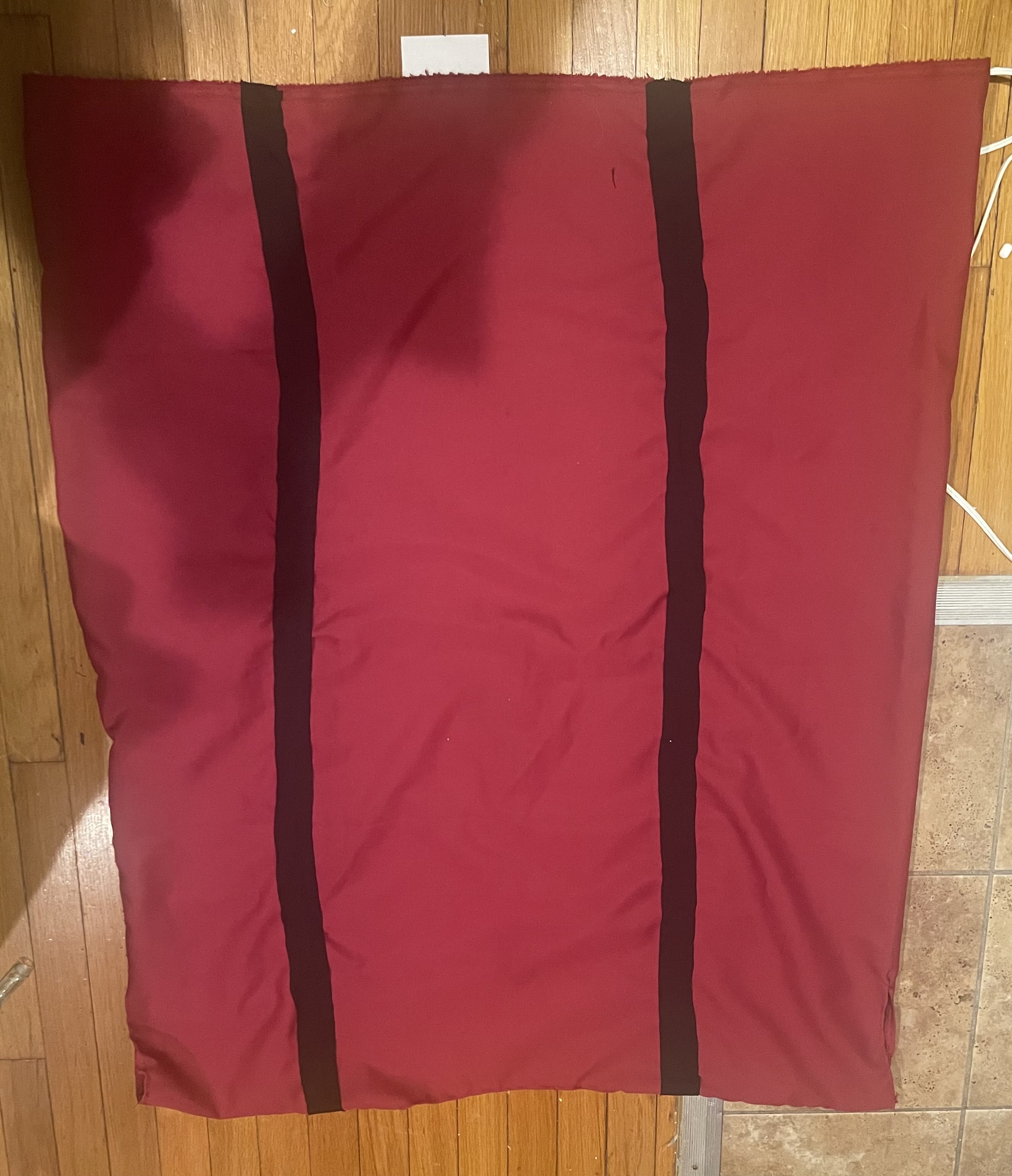
Sleeves probably started to be added to tunics around the 2nd or 3rd century CE, but I figure they weren’t automatically everywhere. These tunics were called tunica manicata (manicata means sleeved in Latin), and many of them incorporated Coptic weaving, but some didn’t, and had single colored clavi like earlier Roman tunics.
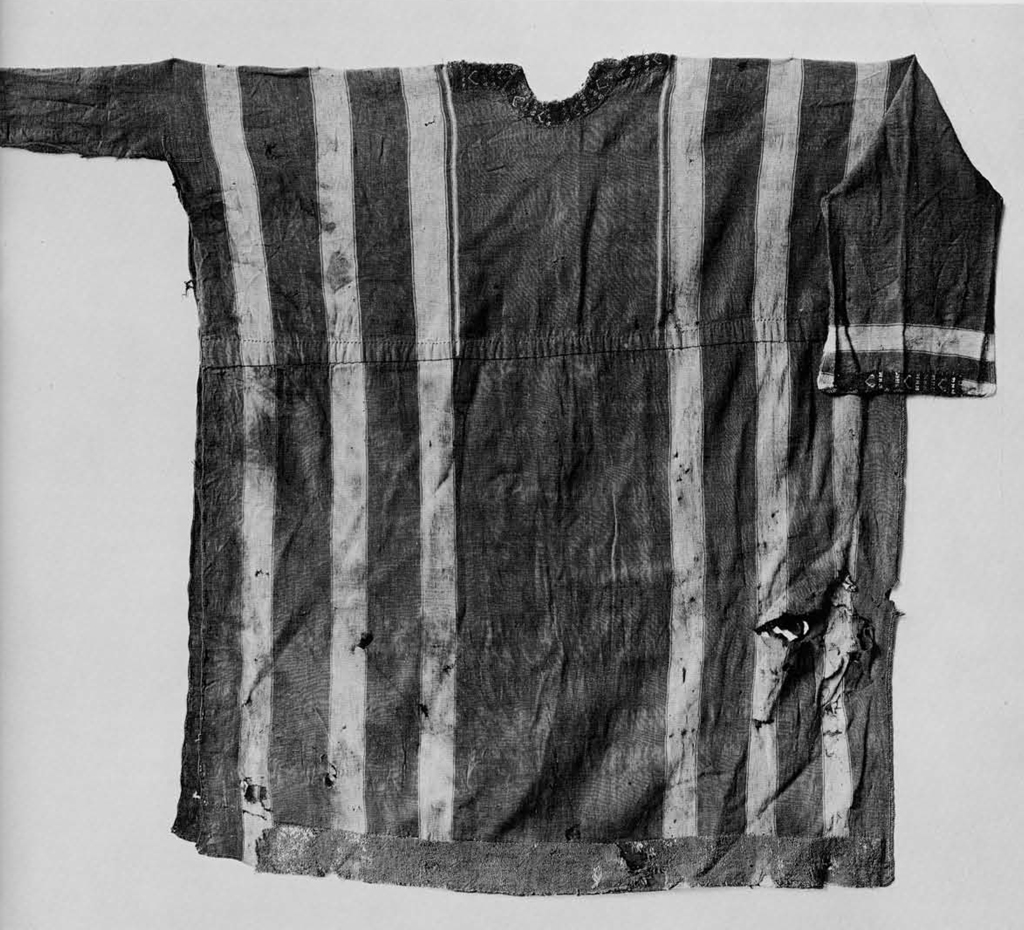
This tunic is from around 6th century CE Egypt. From the Penn Museum website.
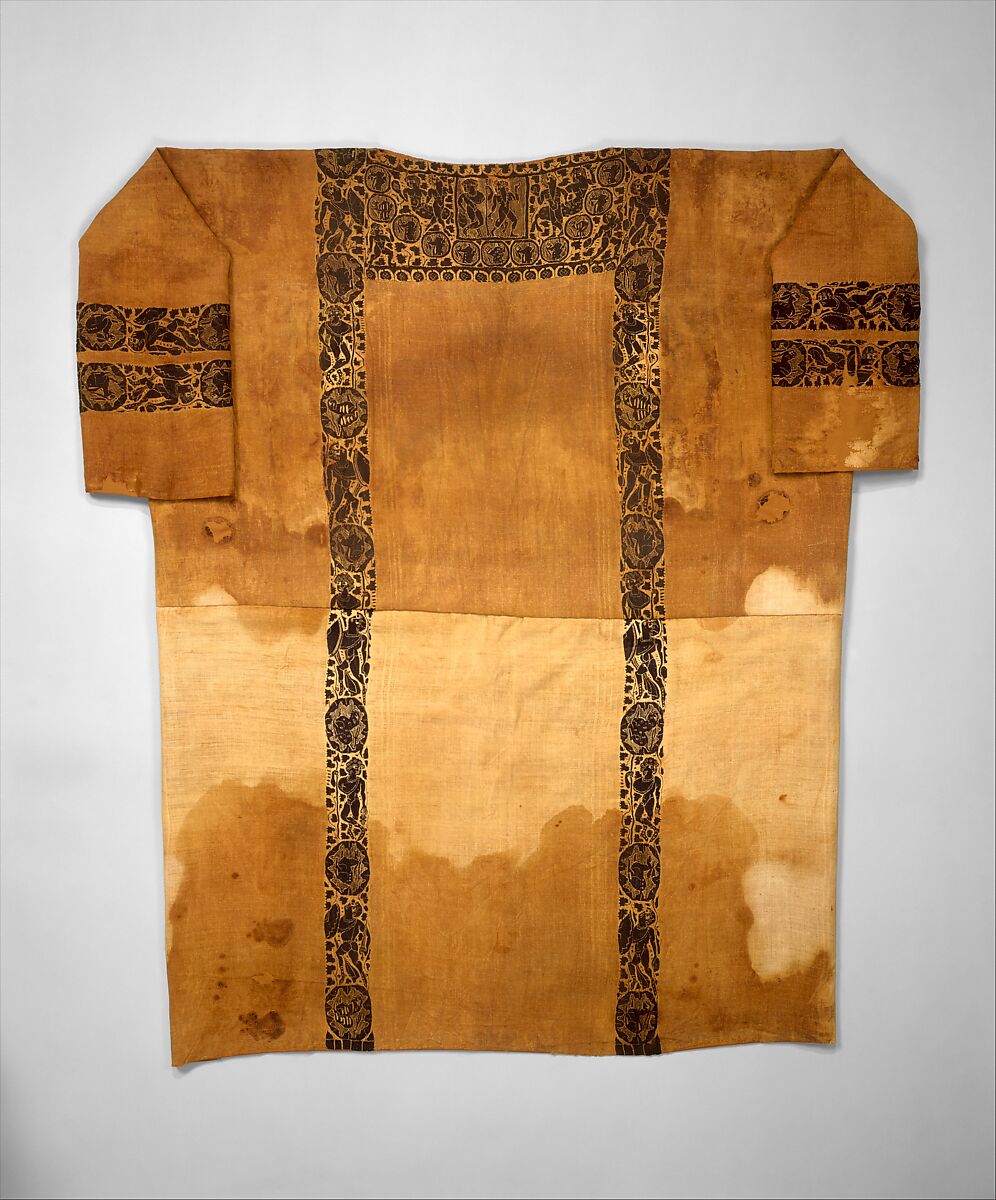
This tunic is from around the 5th century CE. From The Met's website.
Then we have this tunic. The construction is based on the Thorsberg tunic, which was estimated to be from the 4th century, and found in Germany along with other Roman Iron Age items, so a citizen of the Roman Empire around that time could have probably owned something like this if they were living in a colder climate. I mostly looked for what the Roman military wore in colder areas, since there are military focused reenactment groups that have done the research for me. Anyway, as for making this tunic, I had a little trouble with the sizing, since I was assuming it was meant to be tighter than a tunica, but the pattern for the Thorsberg tunic didn’t have gors or gussets. Also the sleeves with the slits in them are fun.
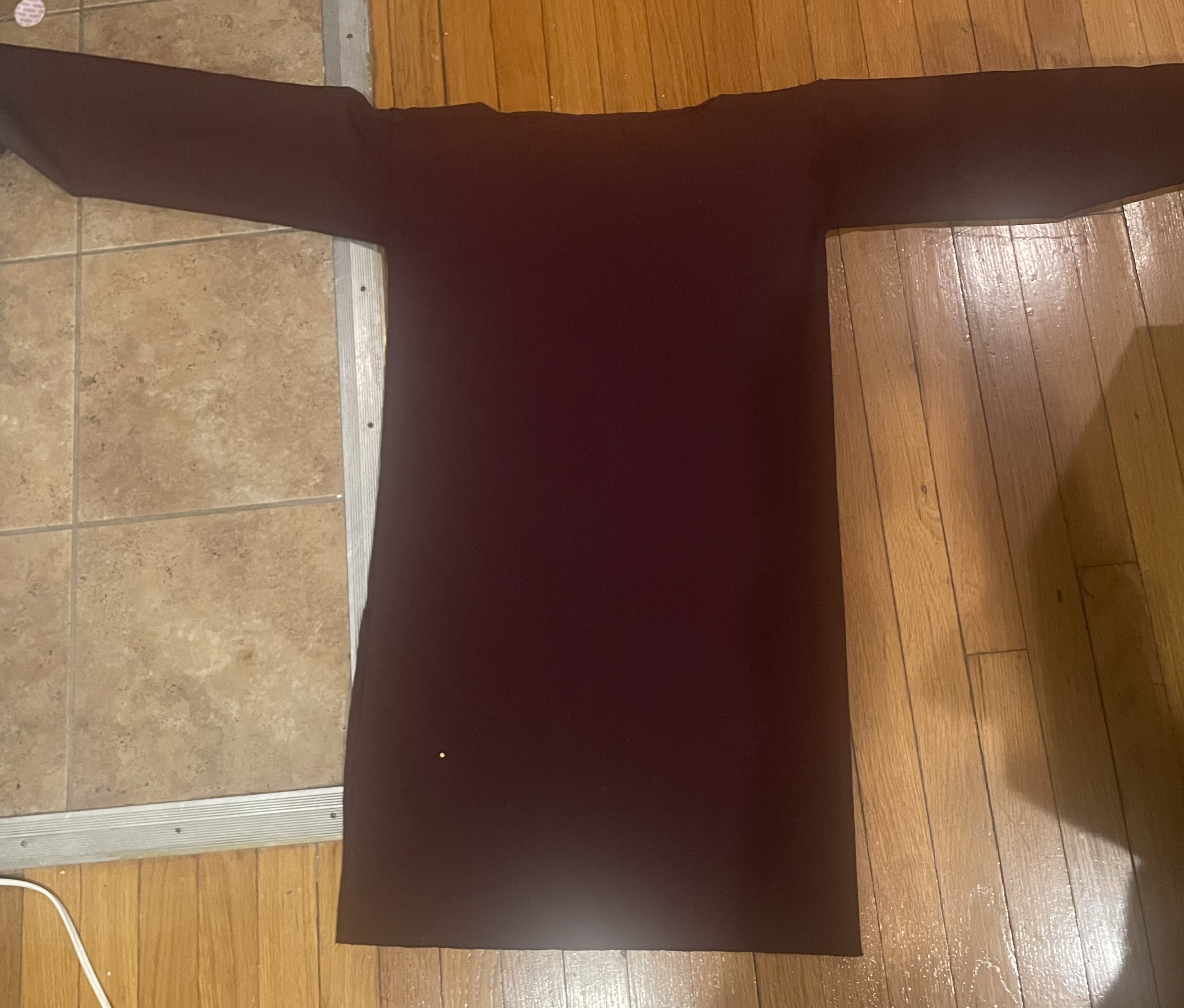
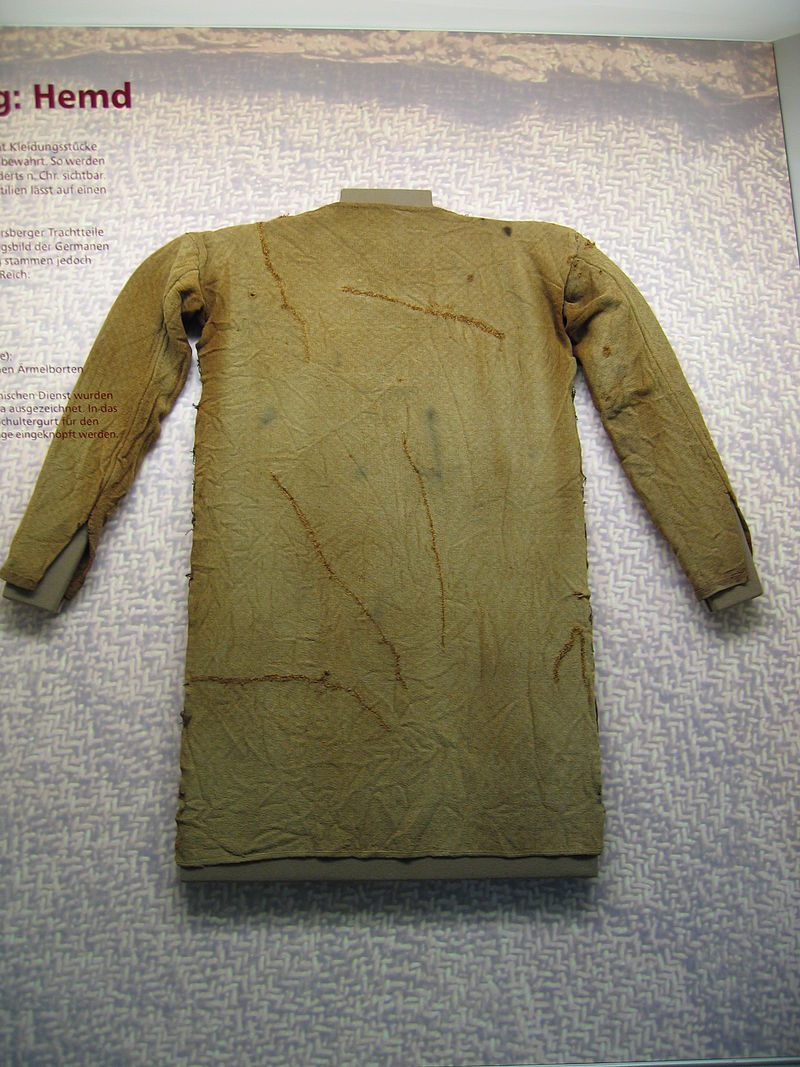
The Thorsberg tunic.
Next up is the cloak. This was mostly speculation on my part, but it’s based on a chlamys which originally was an ancient Greek cloak, usually made of wool. In Greece, it was simpler, shorter, and often worn by the military. It was also associated with the god Hermes.
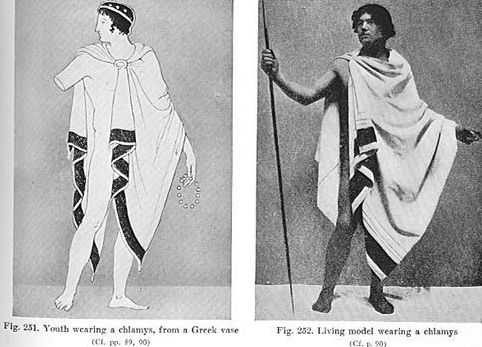
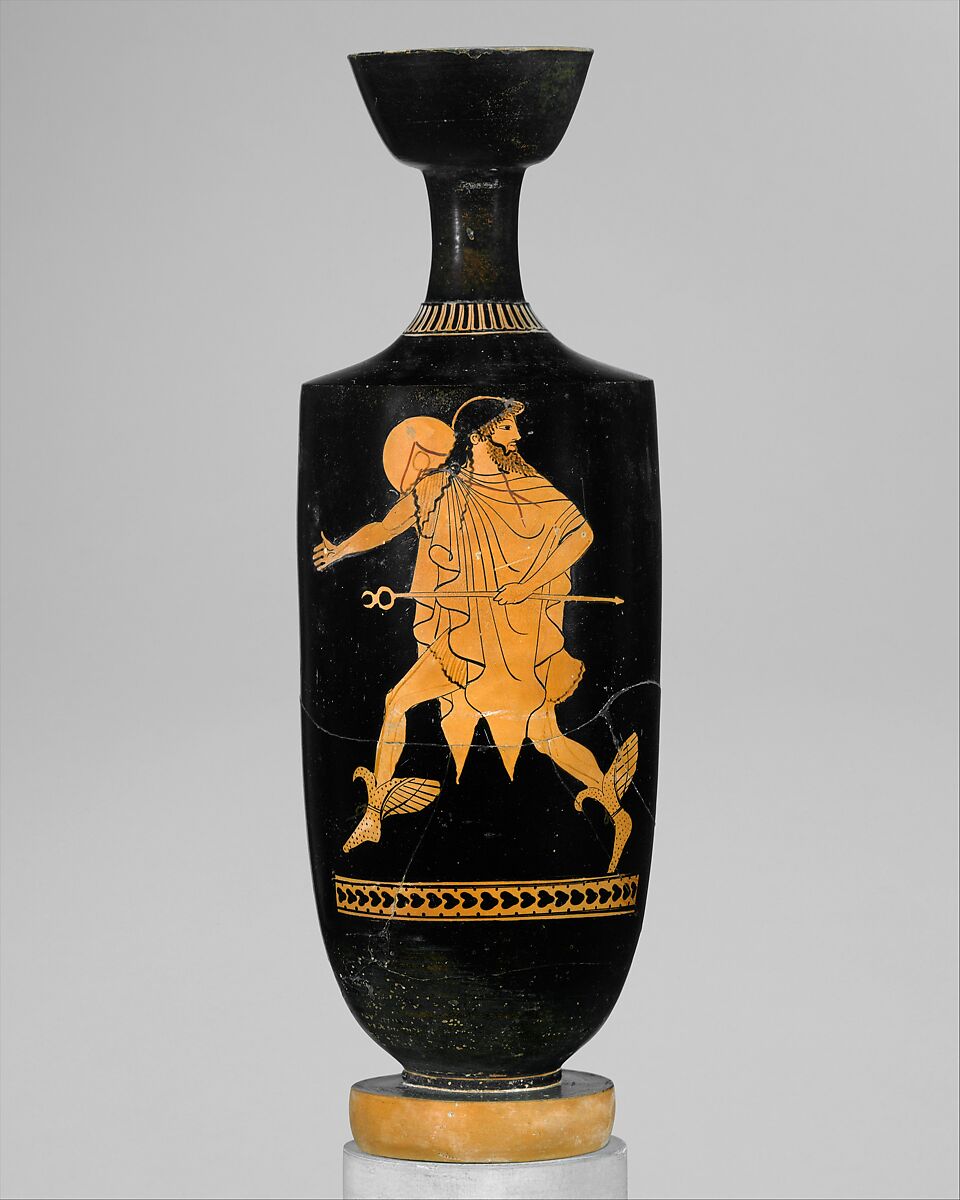
A vase from around 4th century BCE. From The Met.
But in the Byzantine Empire, it became much more complex. Typically made of silk, richly patterned, and worn by emperors and important officials.
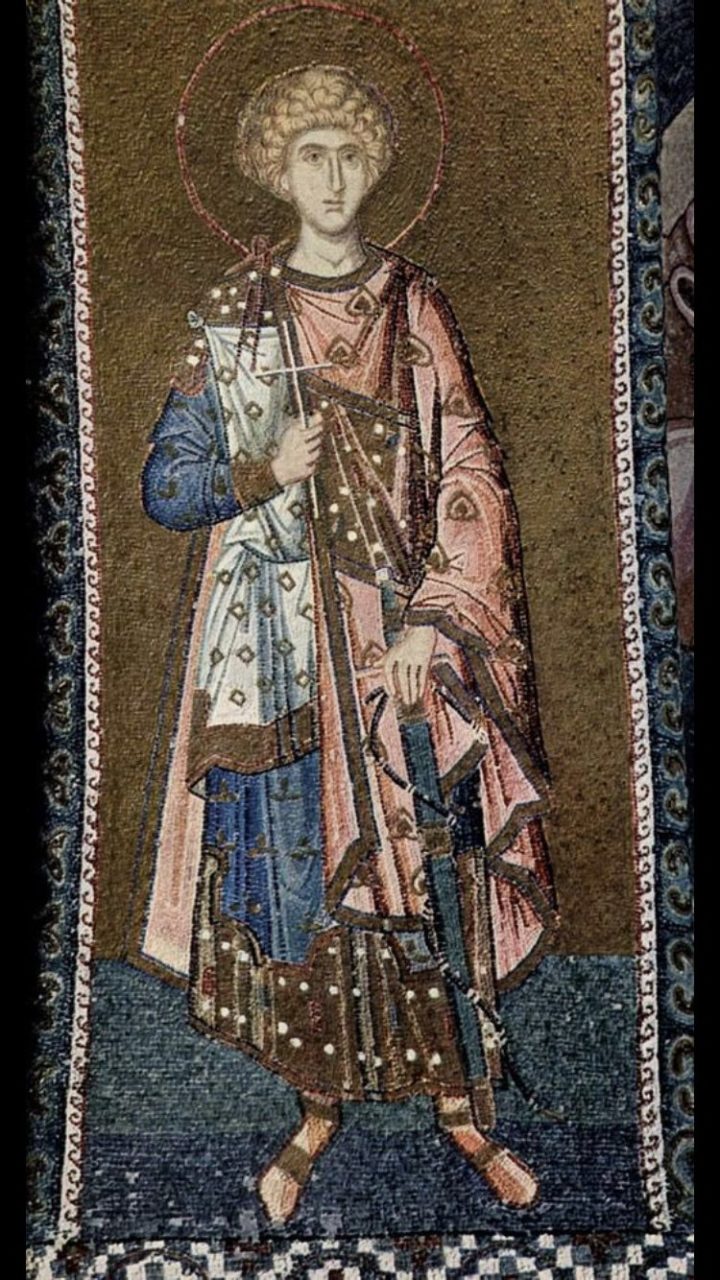
A mosaic from the Church of the Holy Savior in Chora. Likely created in the 14th century.
So I just kind of thought about these 2 styles and what might’ve been used in between. I added the Coptic looking trim, since Coptic weaving became common on Roman clothing in the later years of the Roman Empire.
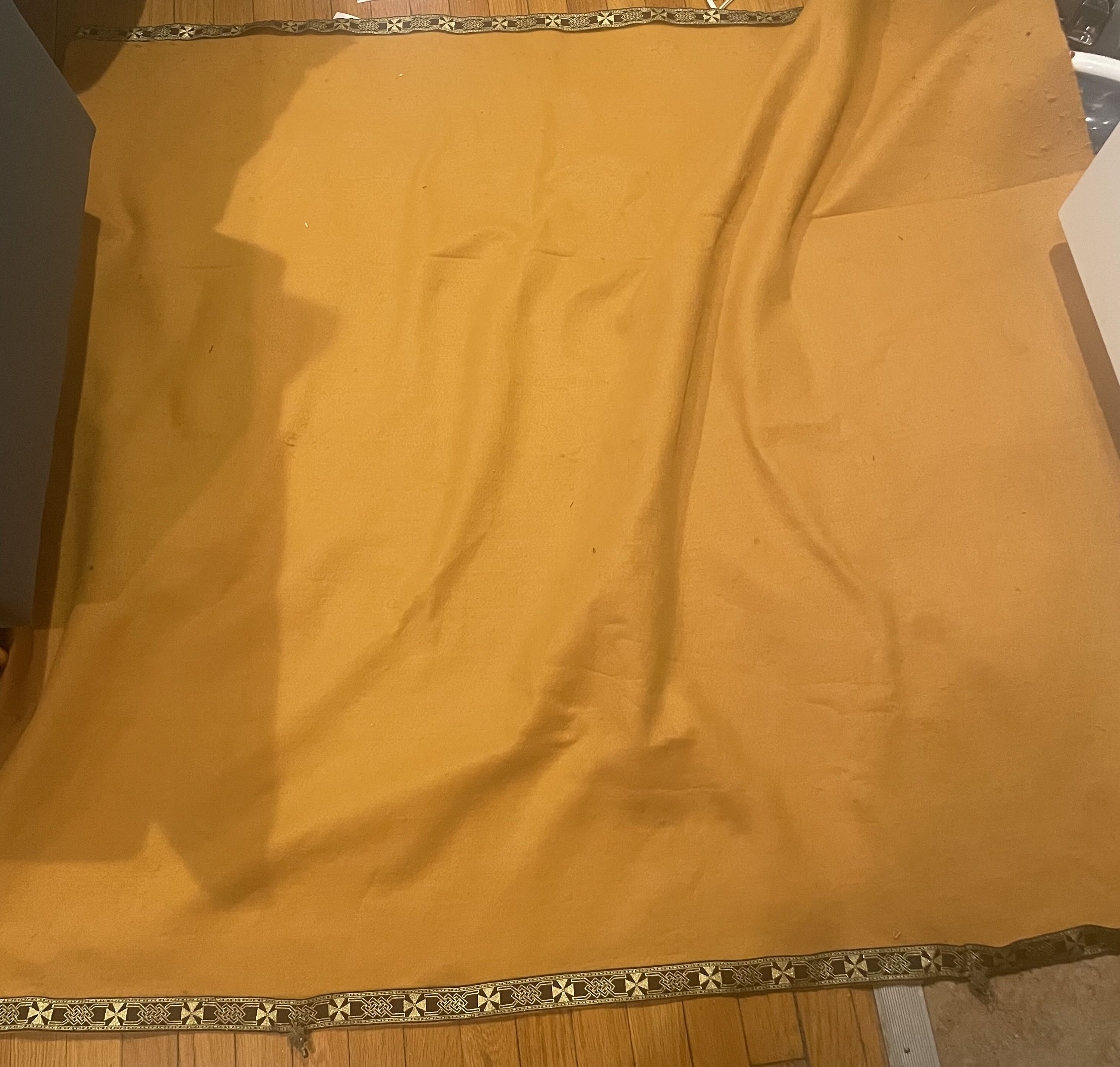
Ultimately, this is really just me finding somewhat plausible historical justifications for making what I think looks cool because I like researching random things :)
Then the hat is a pileus pannoncius, also called a pannonian hat. I actually entirely made it while I was volunteering at the gate at Birka.
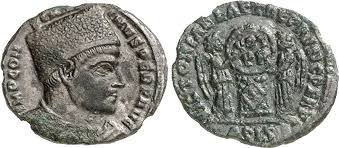
Constantine in a pileus pannoncius. Likely from the 4th century CE.